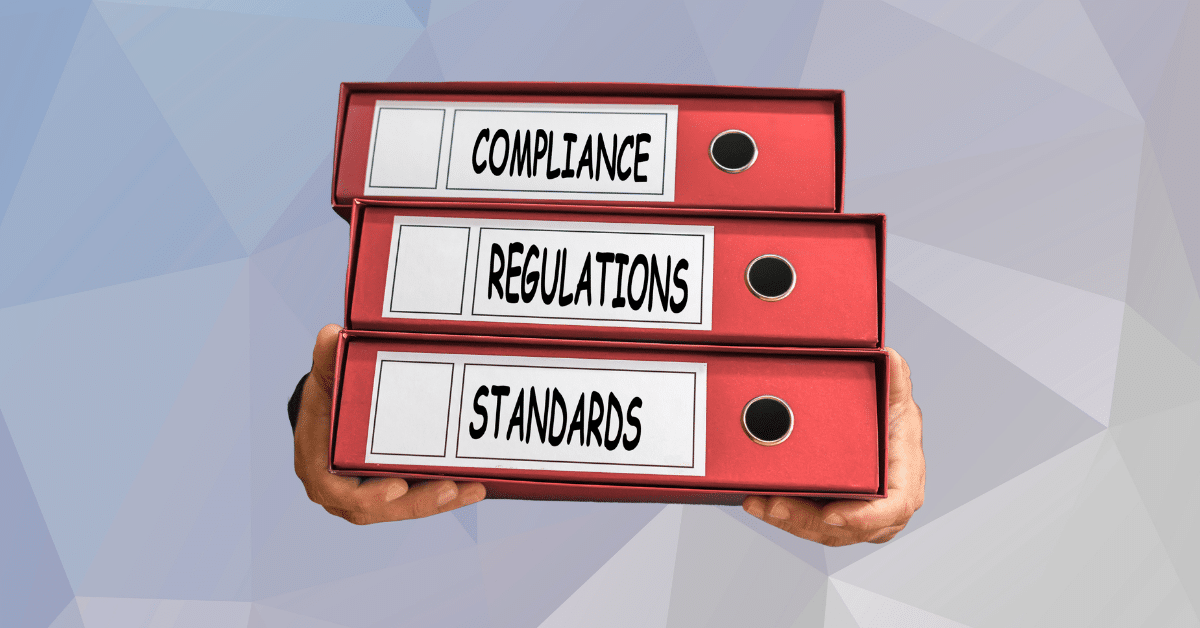The week I joined my first corporate team, an HR manager said, “Your first 30 days set the tone for the next three years.” That same week, a quiet teammate pulled me aside to ask if a joke in a group chat “counted” as harassment. She didn’t want to “make waves.” That moment stuck with me—because it showed how quickly culture forms and how a new hire can feel alone. The fix isn’t complicated or preachy. It’s a clear, practical plan for harassment prevention training that gives every newcomer the language, steps, and confidence to speak up and support others.
Harassment Prevention Training
Harassment prevention training is the playbook new employees need from day one: what’s acceptable, what’s not, how to raise a concern, and how to support a coworker who has been targeted. For new hires, this isn’t just policy; it’s a social GPS in a workplace they’re still learning. A strong program puts behavior in context—real messages, real meetings, fundamental power dynamics—and shows employees how to respond without fear of retaliation or embarrassment. It builds shared expectations fast, which reduces confusion, protects people, and aligns teams before bad habits take root. It also connects to your reporting options, investigation path, and leadership commitments, so training isn’t just a slide deck; it’s the way the organization operates.
What New Employees Need In Week One
- A plain-English definition of harassment and related misconduct (including bias, bullying, and retaliation).
- Examples from remote, hybrid, and in-person settings—chat threads, DMs, video calls, and after-work events.
- Clear reporting options with anonymity choices, timelines, and clear next steps.
- Bystander tools that feel doable under real pressure.
- Manager responsibilities are spelled out in simple steps.
What It Looks Like In Practice
- Short, scenario-based modules (10–12 minutes each).
- Micro-checkpoints with one or two questions, no trick wording.
- Discussion prompts for team leads to use during stand-ups.
- Reinforcement nudges at 30/60/90 days to keep the message fresh.
How Training Protects People And The Business
Early clarity lowers risk and raises trust. When new hires see that policies are lived—consistently—they’re more likely to speak up, and managers are more likely to intervene early. That reduces costly escalations, preserves productivity, and helps you retain talent. It also strengthens your brand with candidates who ask existing employees, “What’s it actually like to work there?” Strong programs improve sexual harassment training workplace culture outcomes and make the benefits of sexual harassment training concrete: fewer gray areas, faster support for targets, and less time lost to confusion.
What New Employees Struggle With In Their First 90 Days
New folks rarely know informal norms: which Slack channels are for jokes, whether “after-work drinks” means optional, or how to set boundaries with a senior colleague. They also haven’t built the social capital to push back when a group goes quiet after an off-color remark. Well-designed trainings acknowledge that power gap and give new hires language they can actually use: “I’m not comfortable with that joke,” “Let’s keep this professional,” or “I’d like to talk to HR about something that happened.” Those scripts matter when your heart rate spikes and the room goes still.
Make Training Effective And Practical
The fastest way to earn buy-in is to make training feel like a day at your company—not a lecture. That’s the hallmark of effective sexual harassment training:
- Role-specific tracks. New ICs, team leads, and executives need different focus areas.
- Industry-specific scenarios. Hospitality is different from fintech; office dynamics differ from field sites.
- Bystander moves that fit real life. Distract, delegate, document, and direct—taught with timing.
- Manager micro-skills. How to pause a meeting, reset tone, follow up with care, and notify HR quickly.
- Post-training toolkits. One-page “What to do if…” guides and channel-ready reporting blurbs.
Supervisors Set The Tone
Managers decide whether training lives or dies in the team’s daily rhythm. Give leaders a clear path: what to do the moment they hear a concern, what to document, when to escalate, and how to protect the reporter. Provide monthly prompts for quick, three-minute reminders in team huddles. And train them to notice early warning signs: exclusion from key chats, jokes that target protected traits, or “that’s just how they are” rationalizations. Building confidence through harassment training for supervisors amplifies everything you teach new hires.
Legal Landscape—And A California Note
Compliance isn’t the purpose of training, but it’s the floor you have to stand on. Many jurisdictions require periodic instruction, with specific hours for supervisors and non-supervisors. If you employ staff in California, direct new hires and managers to your Sexual Harassment in California training course and make completion a part of the onboarding process. That’s not just about rules; it signals that your company takes prevention seriously and treats mandatory sexual harassment training as a minimum standard, not a one-time checkbox.
From Policy To Habit: Keep It Alive All Year
Policies are reference points; habits are what people experience. Keep the topic present without making it heavy:
- Add behavior standards to onboarding checklists and team charters.
- Rotate short scenario discussions into staff meetings.
- Run quarterly quick-pulse surveys about respect and safety.
- Share anonymized trends: time-to-respond, resolutions, and improvements you’ve made.
- Celebrate teams that model great behavior and bystander support.
Measure What Matters
Show leaders the levers that predict risk and trust:
- Training completion + knowledge checks. Short quizzes beat long exams.
- Time-to-report and time-to-respond. Speed builds confidence.
- First-contact channel. Track whether people use managers, HR, or anonymous tools.
- Voluntary follow-up participation. Targets who accept check-ins are telling you they felt heard.
- Retention of early-career employees. Safer teams stay together.
Tie results back to business goals: hiring velocity, productivity, fewer investigations, and steadier team morale. This is how harassment prevention programs move from “nice to have” to operational necessity.
A 30–60–90 Day Rollout For New Employees
Day 1–7: Foundations
- Assign the core harassment prevention module and quick bystander basics.
- Share your reporting map with names and channels, not just job titles.
- The manager runs a five-minute “How we speak to each other here” conversation.
Day 30: Skill-Building
- Add peer-to-peer boundary setting and scenario practice.
- Manager revisits expectations after observing fundamental team interactions.
- HR sends a short “If you ever need us” reminder with links.
Day 60: Manager & Team Sync
- Supervisors complete role-specific training on receiving reports and documenting.
- Teams discuss digital etiquette: emojis, GIFs, and off-hours messages.
- Share anonymized examples of best-in-class interventions.
Day 90: Culture Audit
- Pulse survey on respect, safety, and reporting confidence.
- Publish minor improvements based on feedback (e.g., more explicit Slack channel guidance).
- Refresh the resource page and recommit to quarterly check-ins.
Address Remote And Hybrid Realities
Harassment can show up as “jokes” in group chats, persistent DMs after hours, or cameras lingering on someone’s body during a call. Train on:
- Meeting etiquette: names, turn-taking, camera framing, no off-topic sexual comments.
- Chat norms: no targeting personal traits; stop when someone says a topic is unwelcome.
- Boundary setting after hours: acknowledge time zones; don’t turn silence into consent.
- Screenshots and documentation: how to save evidence without shaming or gossip.
Build Trust Around Reporting
People don’t report when they fear nothing will happen—or when they worry it will get worse. Reduce that fear:
- Offer multiple intake paths (manager, HR partner, anonymous tool).
- Share timelines up front (e.g., “We’ll connect within one business day”).
- Outline how interim steps work (separation of parties, schedule changes).
- Close the loop whenever possible so reporters aren’t left guessing.
When leaders model this process, employees learn fast that speaking up leads to support, not blowback.
Why Early Training Helps New Employees Thrive
New hires carry enough unknowns: names, systems, and expectations. Early training removes one of the biggest uncertainties—what happens if someone crosses a line? That clarity lets people focus on great work instead of rehearsing awkward responses in their heads. It also creates a fairer experience, because everyone starts with the same information and the same commitments. That’s the everyday payoff of strong harassment prevention training.
Ready To Set The Standard From Day One?
Give your newest teammates a workplace where respect isn’t wishful thinking—it’s the norm. Launch a short, scenario-based program, equip managers with simple playbooks, and maintain the conversation with regular, light touchpoints. If you employ in California, include your Sexual Harassment in California training course in onboarding so compliance is automatic and culture-building starts immediately. When people feel safe and supported, they don’t just stay—they do their best work.
FAQs
Why offer harassment prevention training to new employees so quickly?
Starting early gives new hires a shared language, clear steps for raising concerns, and confidence that leaders will act. That faster alignment limits confusion, surfaces issues sooner, and supports a safer team dynamic. It’s also the most practical way to introduce policy and the everyday behaviors that uphold it, which strengthens sexual harassment training workplace culture outcomes.
What makes harassment prevention training feel relevant and not just legalese?
Train with scenarios that match your work: real chat threads, real meetings, and power dynamics your teams recognize. Keep modules short, focus on “what to say next,” and give managers a one-page response guide. This approach turns rules into habits and highlights the practical benefits of sexual harassment training for daily collaboration.
How do supervisors fit into harassment prevention without becoming HR?
Leaders are first responders for culture. Equip them to pause off-track behavior, document facts, and contact HR quickly. Then, coach them to follow up with care and protect confidentiality. Targeted harassment training for supervisors provides managers with the confidence they need while ensuring that the right teams handle investigations.
Does law require harassment prevention training in some places?
Yes. Many jurisdictions require periodic instruction for employees and supervisors. If you have staff in California, incorporate your Sexual Harassment in California training course to meet mandatory sexual harassment training obligations while reinforcing your values and everyday standards.
How do we maintain practical training after onboarding is complete?
Treat it as an ongoing program, not a single event. Use short refreshers, quarterly team huddle prompts, and pulse surveys to keep team members informed. Share anonymized outcomes and improvements. Sustained harassment prevention programs keep knowledge fresh and signal that respect is part of how the business operates


















